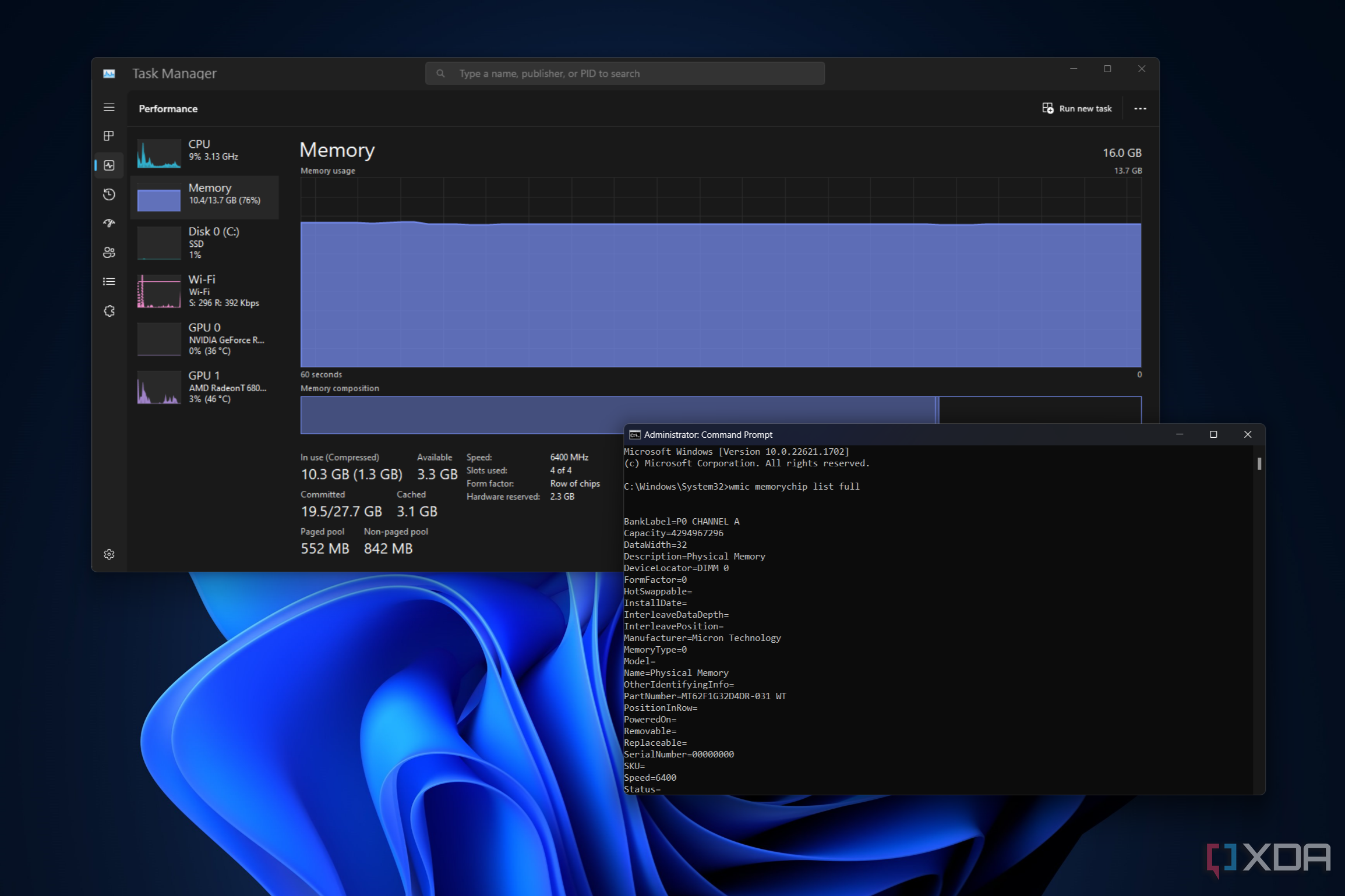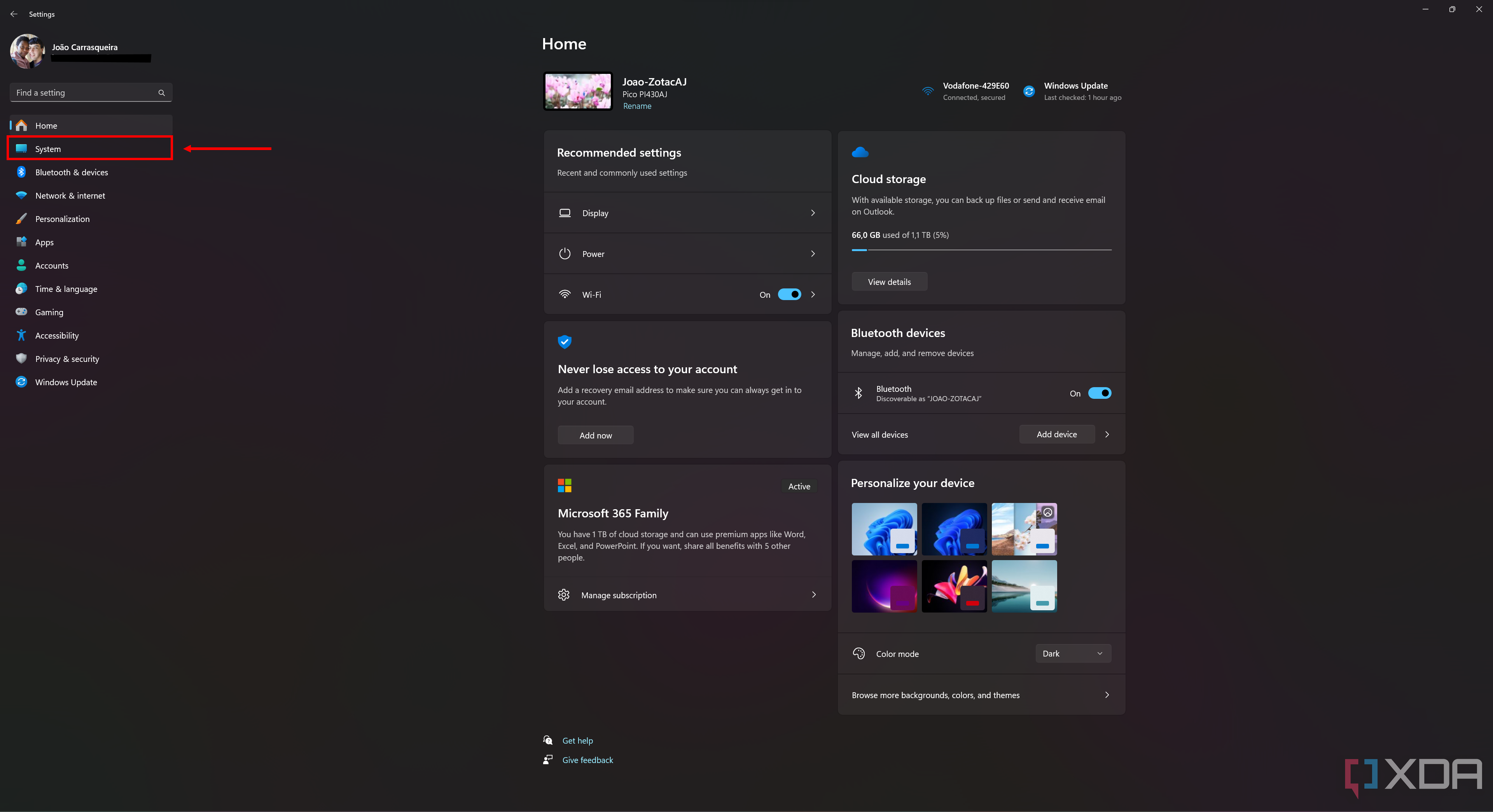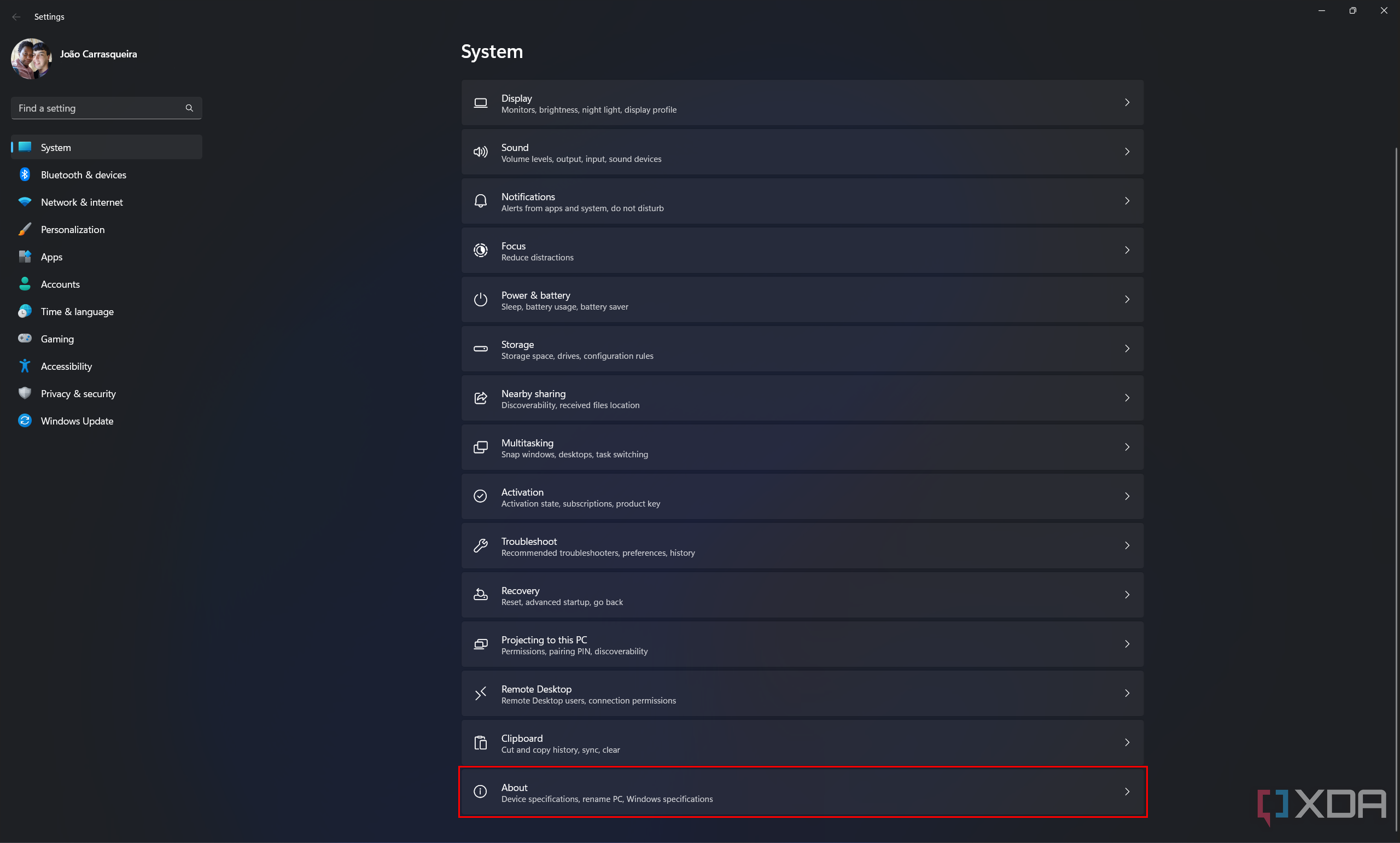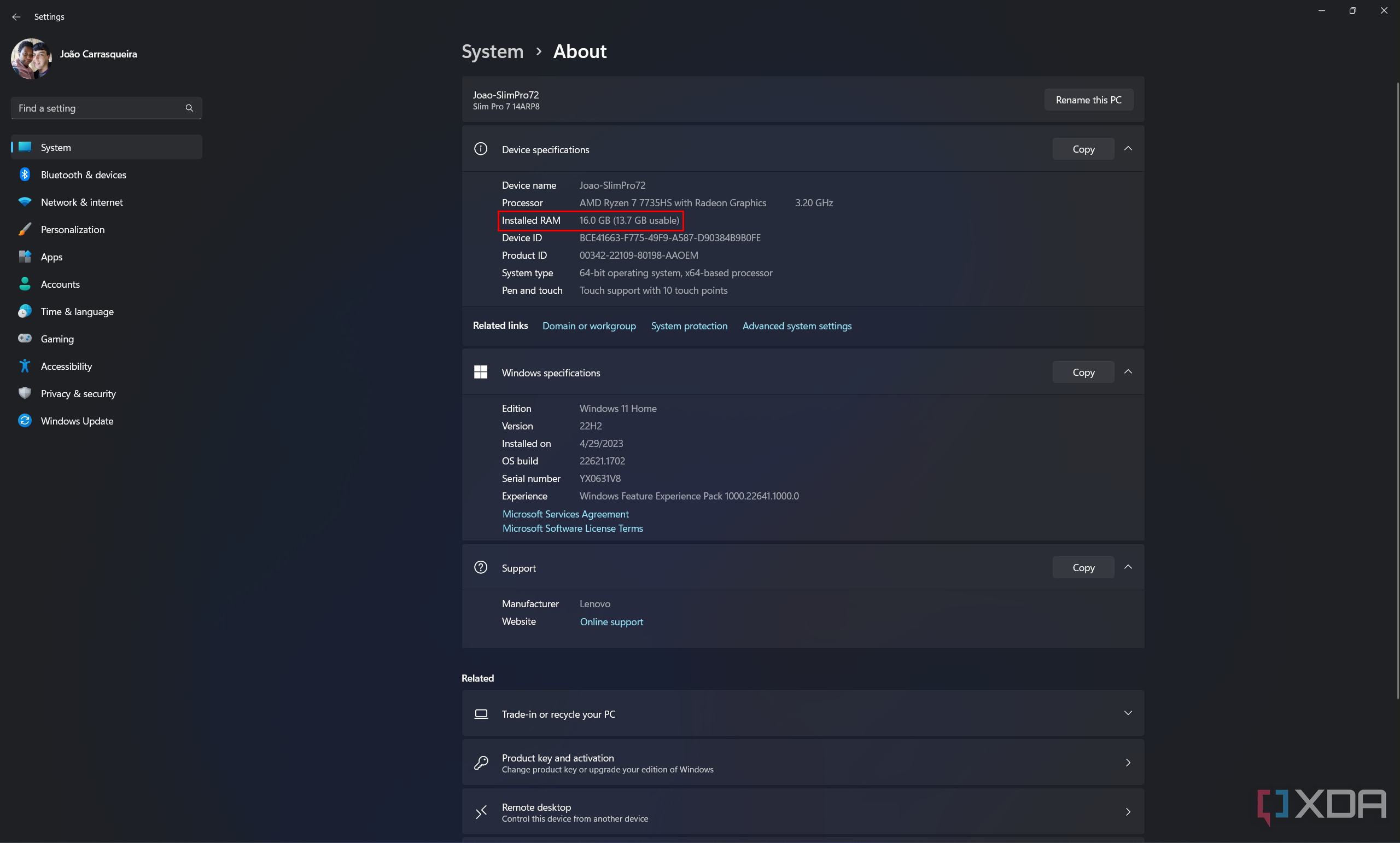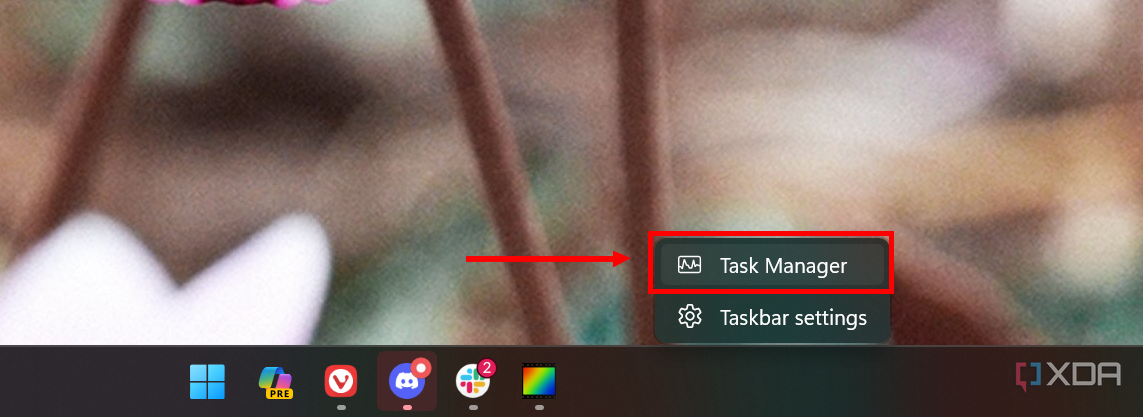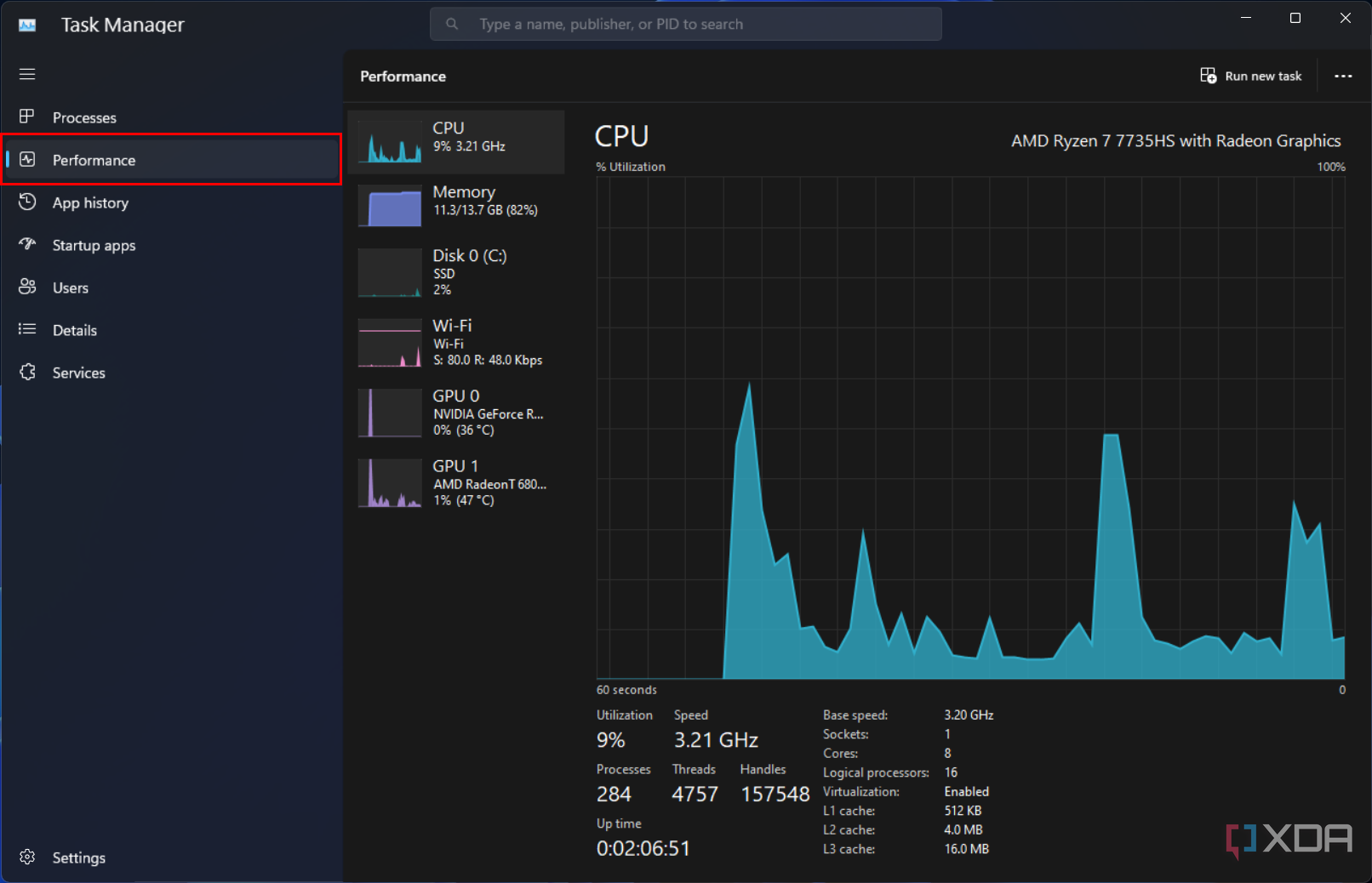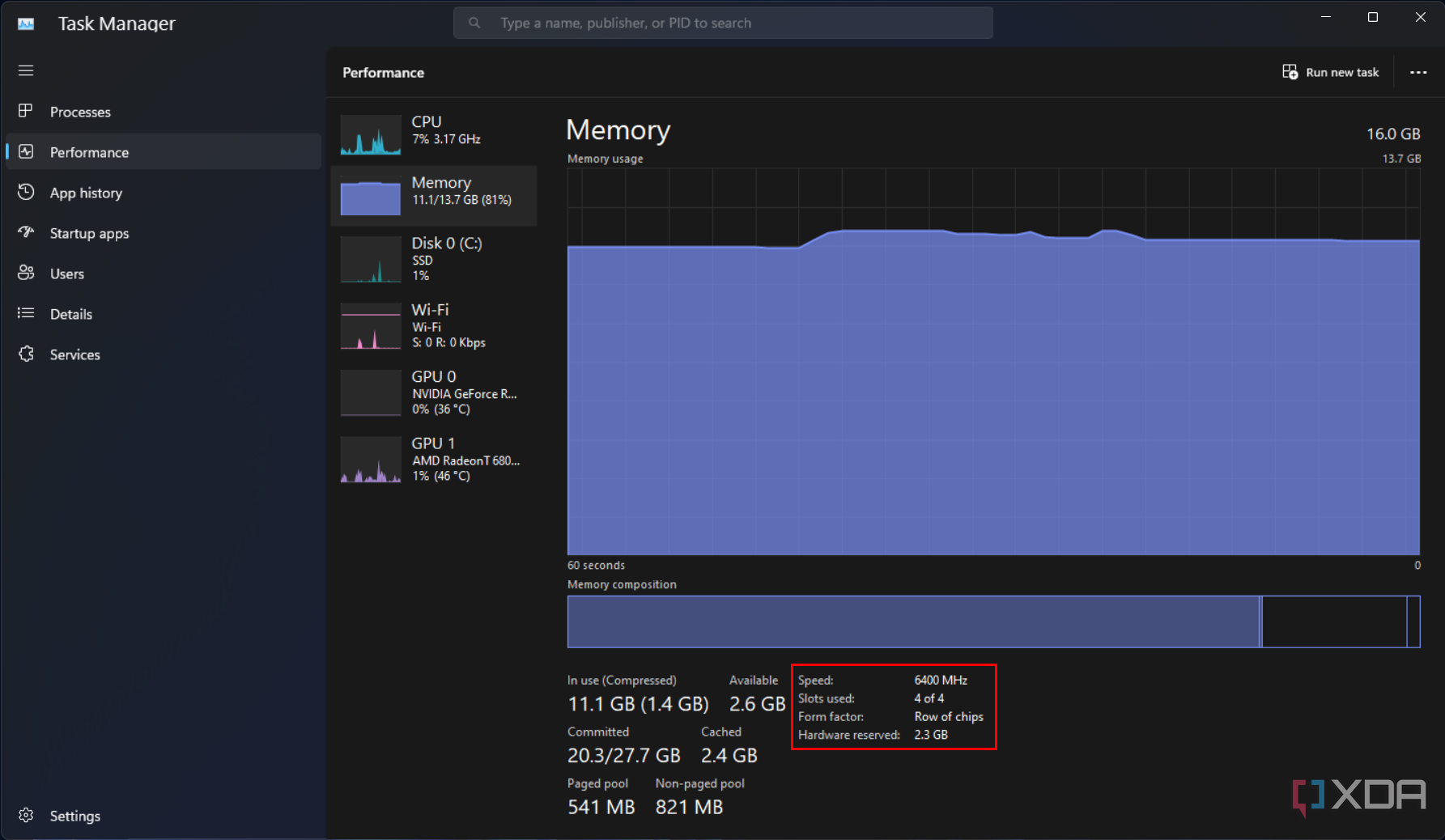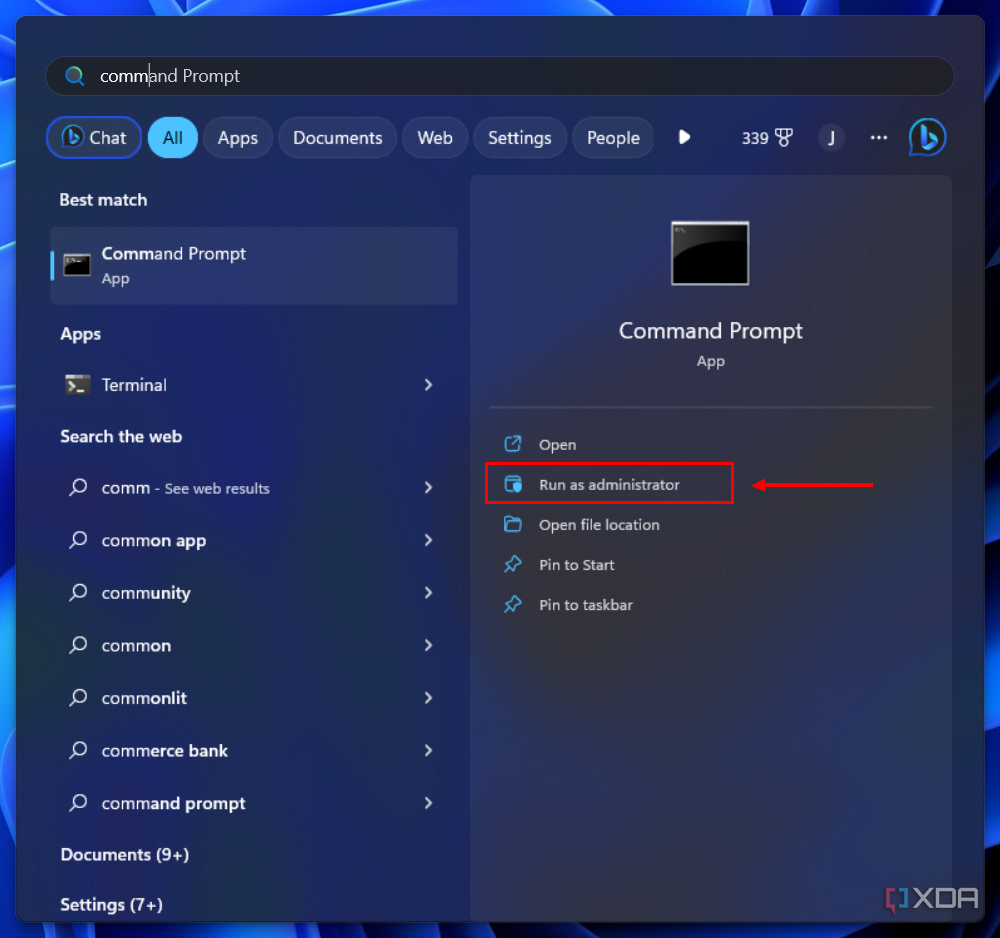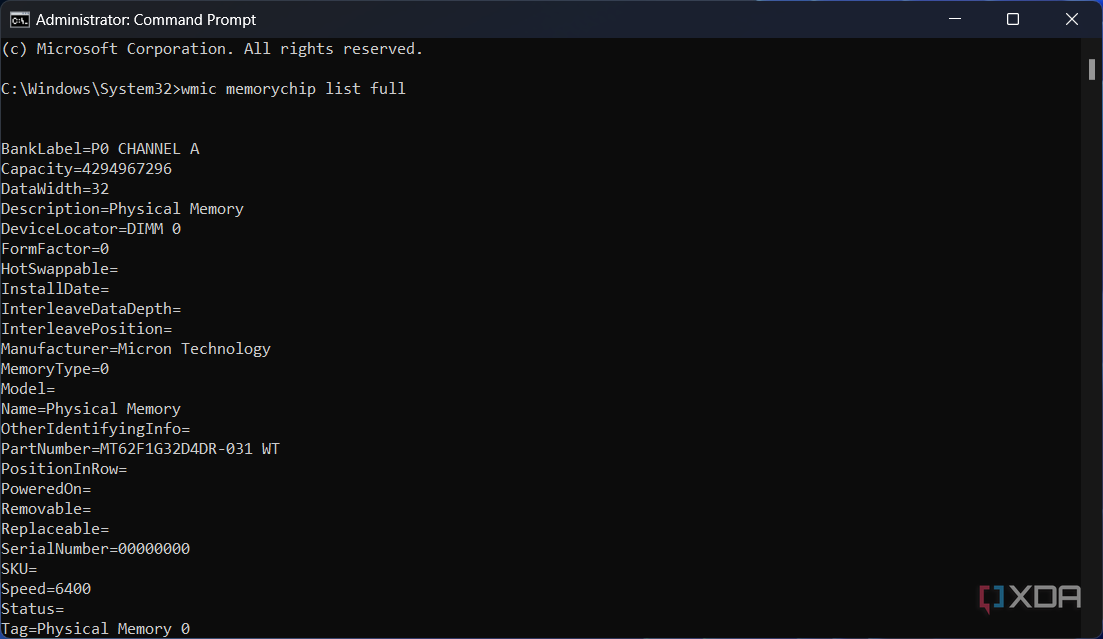Having enough memory in your PC is important if you want to have a smooth experience. RAM, the common acronym for Random Access Memory, is fast and efficient memory that temporarily stores files your computer needs to access quickly and frequently, and the more of it you have, the more files it can store. That means you can switch between apps faster when you have a lot of them open, or it may help in apps that load a lot of assets, such as when editing a high-resolution image or a complex video. If you don't know how much RAM is in your PC, it's relatively easy to find the details on Windows 11.
With Windows 11 requiring at least 4GB of RAM, you're more likely to run into issues if you don't have a significant amount of it, so it's good to check it out and make sure your PC can handle your workflow well. There are multiple ways you can learn more about the RAM on your PC, and it depends on how much information you're looking to know. We'll show you a couple of ways you can go about it depending on what you'd like to know.
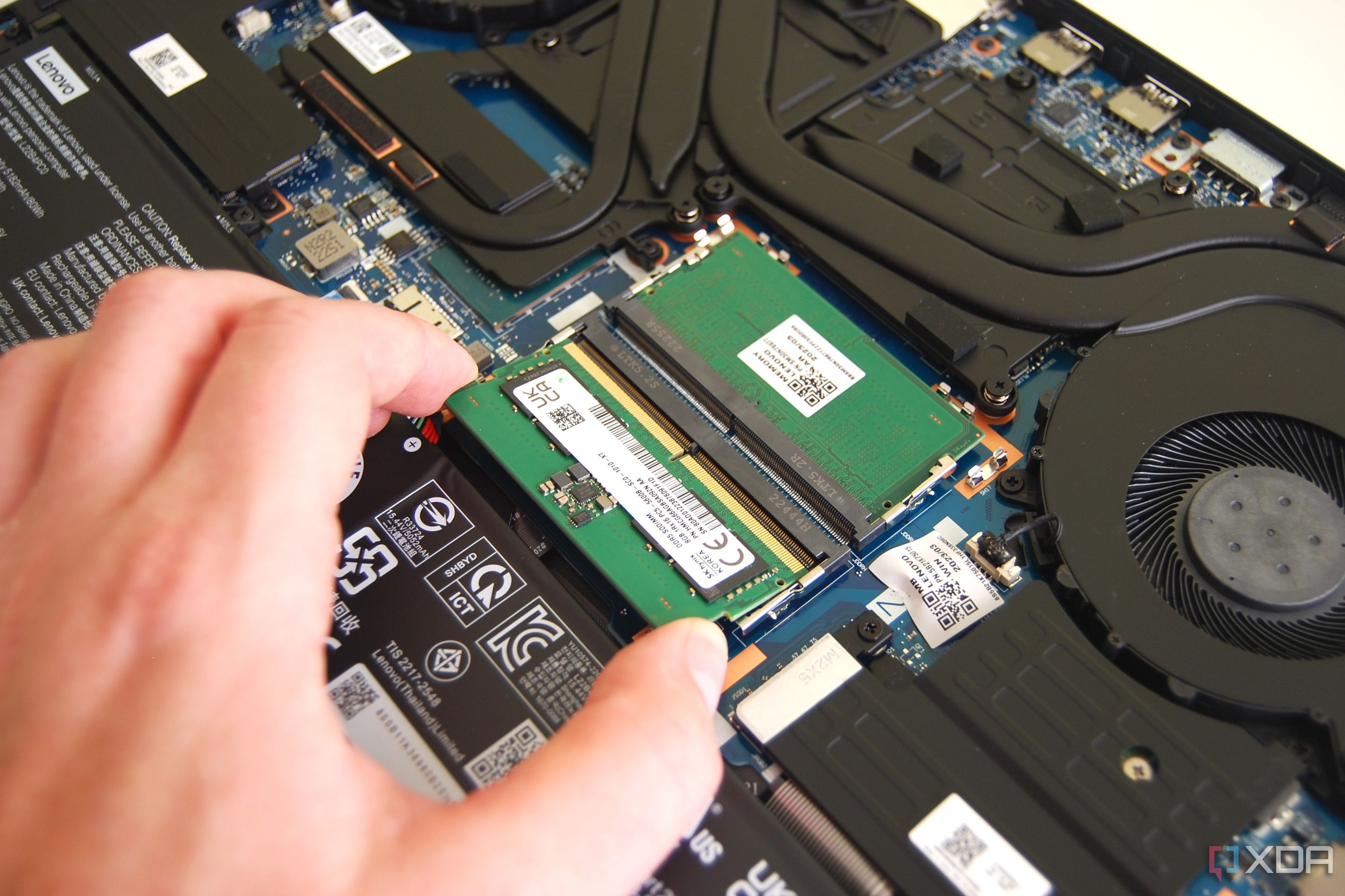
How much RAM do you need in your computer?
Let's explore how much RAM you need in your computer in order to properly tackle a variety of tasks.How to check your total memory capacity
If the only thing you want to know is how much RAM your PC has, the easiest way to find out is through the Windows 11 Settings app.
- Open Settings (you should be able to find it in the Start menu).
-
Click the System category in the menu on the left.
-
Click About at the bottom of the page. You may have to scroll down to find it.
-
Under Device specifications, you should see Installed RAM with the maximum capacity next to it.
You'll see that the total usable RAM is lower than what's actually installed, and that's almost always the case because some memory can be shared with the GPU in your PC. It doesn't mean anything is wrong with your device.
How to check RAM specs in Windows 11 Task Manager
The above method is great if all you need to know is total memory capacity, but there are times when more information is required. The Windows 11 Task Manager can give you a bit more information about the RAM in your PC, which can paint a better picture of the performance you can expect from it. Here's how you can check it out:
-
Right-click the Windows icon (Start menu) on your taskbar, then choose Task Manager. Alternatively, open the Start menu and search for it.
-
Click the Performance tab in the menu on the left. You'll see a list of hardware in your PC
- Click Memory.
You can now see a range of specs about your memory, including capacity, speed, the number of slots used, the form factor, and how much RAM is reserved for specific hardware in your PC (explaining why the usable RAM is lower than the total RAM above).
This information can be super helpful in a lot of situations. First off, knowing the speed can tell you what kind of performance you can expect from your RAM. While it won't always affect your day-to-day usage, some apps may benefit from higher speeds. Laptop RAM usually reaches higher speeds, for example.
The number of slots used can also be useful if you're planning to upgrade your PC with more RAM. If all the slots on your PC are being used, that means you'll have to replace the modules inside, so you also have to make sure you're buying a module that's bigger than you already have. If you have a free slot, you just need to buy whatever capacity you want to add to your PC. Having two or more slots also usually means you have dual-channel memory, which results in much better performance.
The form factor is also important if you're planning to upgrade because there are different types of RAM. Desktop computers will usually show DIMM, while laptops with upgradeable RAM will probably say SODIMM. You'll want to look for these terms when buying new RAM. However, there's another option. If it says Other, it might mean that the RAM is soldered onto the motherboard, which means you can't upgrade it.
How to use Command Prompt to find all RAM specs
Finally, if you want to get even more details, including the positioning of each RAM stick on the motherboard, you can use Windows Command Prompt to find out even more information. Here's how:
- Open the Start menu on your PC.
- Search for Command Prompt.
-
Click Run as administrator.
-
Type wmic memorychip list full. This will bring up a full list of specs for the RAM in your PC, including things like memory type (such as DDR3 or DDR4).
If you want to get information about individual spec fields, you can also use the spec field names to get that information separately. For example, to get just the MemoryType and FormFactor fields, type wmic memorychip get devicelocator, memorytype, formfactor.
You can apply the step above to any of the spec fields on the list, separating each field with a comma.
It's worth mentioning here that things like the memory type and form factor are represented by a code number, which equates to a specification or form factor. You can find a list of these codes below.
|
MemoryType code |
Memory type |
FormFactor code |
Form factor |
|---|---|---|---|
|
0 |
Unknown |
0 |
Unknown |
|
1 |
Other |
1 |
Other |
|
2 |
DRAM |
2 |
SIP |
|
3 |
Synchronous DRAM |
3 |
DIP |
|
4 |
Cache DRAM |
4 |
ZIP |
|
5 |
EDO |
5 |
SOJ |
|
6 |
EDRAM |
6 |
Proprietary |
|
7 |
VRAM |
7 |
SIMM |
|
8 |
SRAM |
8 |
DIMM |
|
9 |
RAM |
9 |
TSOP |
|
10 |
ROM |
10 |
PGA |
|
11 |
Flash |
11 |
RIMM |
|
12 |
EEPROM |
12 |
SODIMM |
|
13 |
FEPROM |
13 |
SRIMM |
|
14 |
EPROM |
14 |
SMD |
|
15 |
CDRAM |
15 |
SSMP |
|
16 |
3DRAM |
16 |
QFP |
|
17 |
SDRAM |
17 |
TQFP |
|
18 |
SGRAM |
18 |
SOIC |
|
19 |
RDRAM |
19 |
LCC |
|
20 |
DDR |
20 |
PLCC |
|
21 |
DDR2 |
21 |
BGA |
|
22 |
DDR2 FB-DIMM |
22 |
FPBGA |
|
24 |
DDR3 |
23 |
LGA |
|
25 |
FBD2 |
24 |
FB-DIMM |
|
26 |
DDR4 |
At this time, it still looks like DDR5 isn't properly recognized, and it shows up as an Unknown memory type.
And that's how you can check the RAM specs on your Windows 11 PC. This should give you all the information you need to know, so whether you're planning to upgrade your RAM or you just want to check if your PC is compatible with certain software, this should do the trick.
If you're looking to learn more about your Windows 11 PC, maybe check out how to create a battery report so you can learn all about your laptop's battery and how it's been performing over time. And if you've just upgraded your PC, check out how to free up storage after upgrading to Windows 11 — it can give you a bit more space for files.

